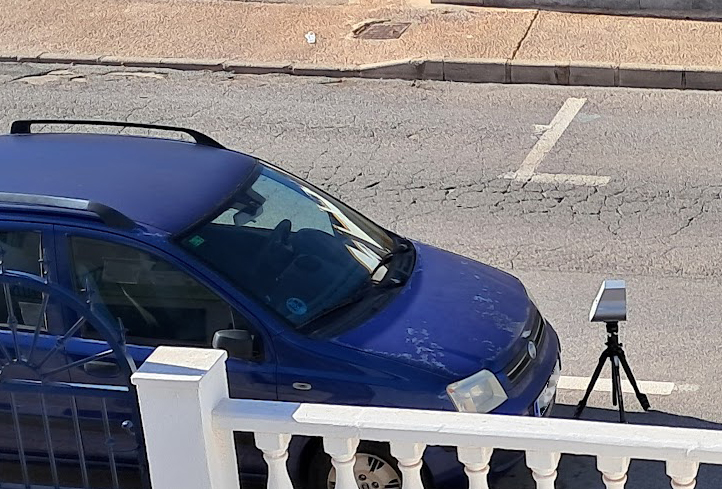Actually, the title of this article, “SPEED KILLS”, is not strictly true. A plane flying from Spain to the UK would exceed several hundred kilometres per hour, as would a train. It is not speed alone which kills, which is why it is more correct to say that “Inappropriate Speed Kills”.
All roads have a maximum permitted speed, often not realised is that the vast majority also have a minimum speed, and these speeds are determined by the characteristics of the road, the layout, and the environment, amongst other things.
For example, a long straight stretch of motorway outside of towns is likely to have a maximum permitted speed limit of 120 kilometres per hour. A straight stretch of road in a town definitely would not, because there would not be adequate time to react, and the environment, with people, animals, distractions, is totally different.
However, it is also important to note that whenever we talk about maximum permitted speeds, they are precisely that, a maximum, and not a target. We too must act appropriately and further reduce our speed depending on the environment, the weather, traffic, the surroundings, and so on. Speed limits are a maximum, not a target. Inappropriate speed is one of the so-called “Fatal 4”, one of the four highest contributing factors to fatalities on the roads.
Throughout recent years, both the number of vehicles and the number of journeys has been increasing. Sadly, the road to zero fatalities still seems a long way off, as the Ministry of the Interior, Fernando Grande-Marlaska, in 2024 there were 1,154 fatalities on roads, and rather than reducing, this figure increased by 14 people compared to 2023.
The Minister stated that “it is unacceptable” and that “we should not and cannot accept that road mobility, an indication of the country’s economic and social strength, should have such a high price”. Fernando Grande-Marlaska stressed that “we are not going to sit back and do nothing”.
And the next step is one continuing the trend we have seen through 2024, as the DGT officially confirms that it will install up to 122 new speed cameras, 53 new fixed measuring devices and 69 section measuring devices, adapting their distribution from now on to the new circumstances of incidents. In addition, the Traffic Group of the Guardia Civil will increase their surveillance on roads with the highest incidence rates in the provinces with the highest percentages of incidents on high-capacity roads, and the Local Police will also join in with more intensified campaigns and focus within the town and city boundaries.

Although we mentioned motorways at the start of this article, their usual sterile environment allows for a faster flow of traffic, in theory, but it is here where the largest increase in fatalities has occurred, increasing by 7%.

Although not related to the road itself, another statistic of note is that the number of fatalities in vans have increased by a staggering 98%. There has of course been an increase in vans as home delivery an ecommerce takes off, but this too should not be at the expense of the lives of those who work in these vehicles, and so we can expect an increase in checks on this type of vehicle too.
With these 122 new radars, the DGT will complete a road speed control that will include some 1,325 speed cameras. Spanish roads already have 763 official fixed speed points, and 90 section radars.

We must also add the 430 mobile radars that are officially operated by agents of the Traffic Group of the Guardia Civil, as well as the 11 helicopters and 23 drones that the DGT’s Aerial Resources Unit also has and which are currently operational to control and sanction speeding, and to all of this we must add the countless cameras under the local authority and local police controls.
The solution… Slow down!

Discover more from N332.es - Driving In Spain
Subscribe to get the latest posts sent to your email.

You must be logged in to post a comment.